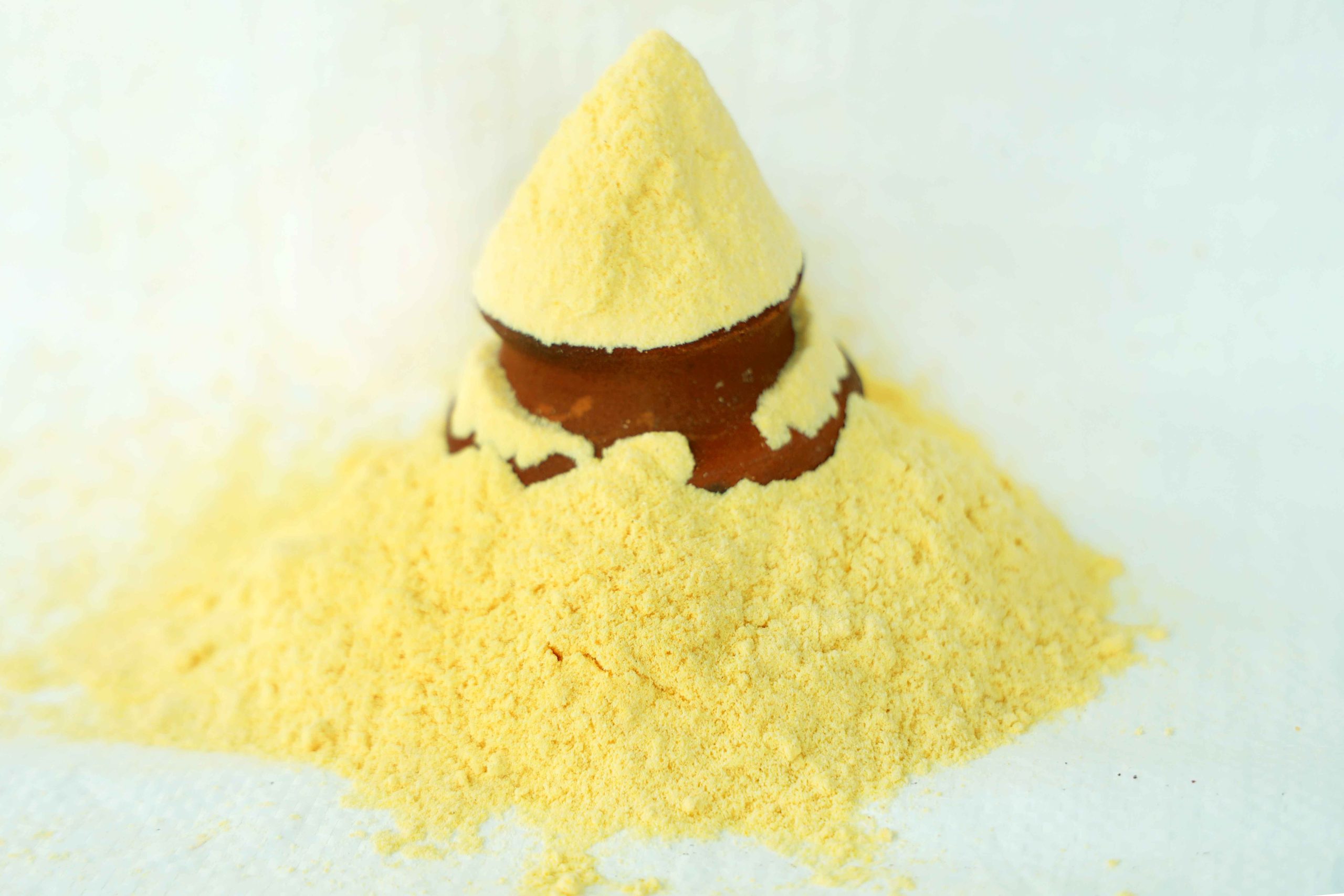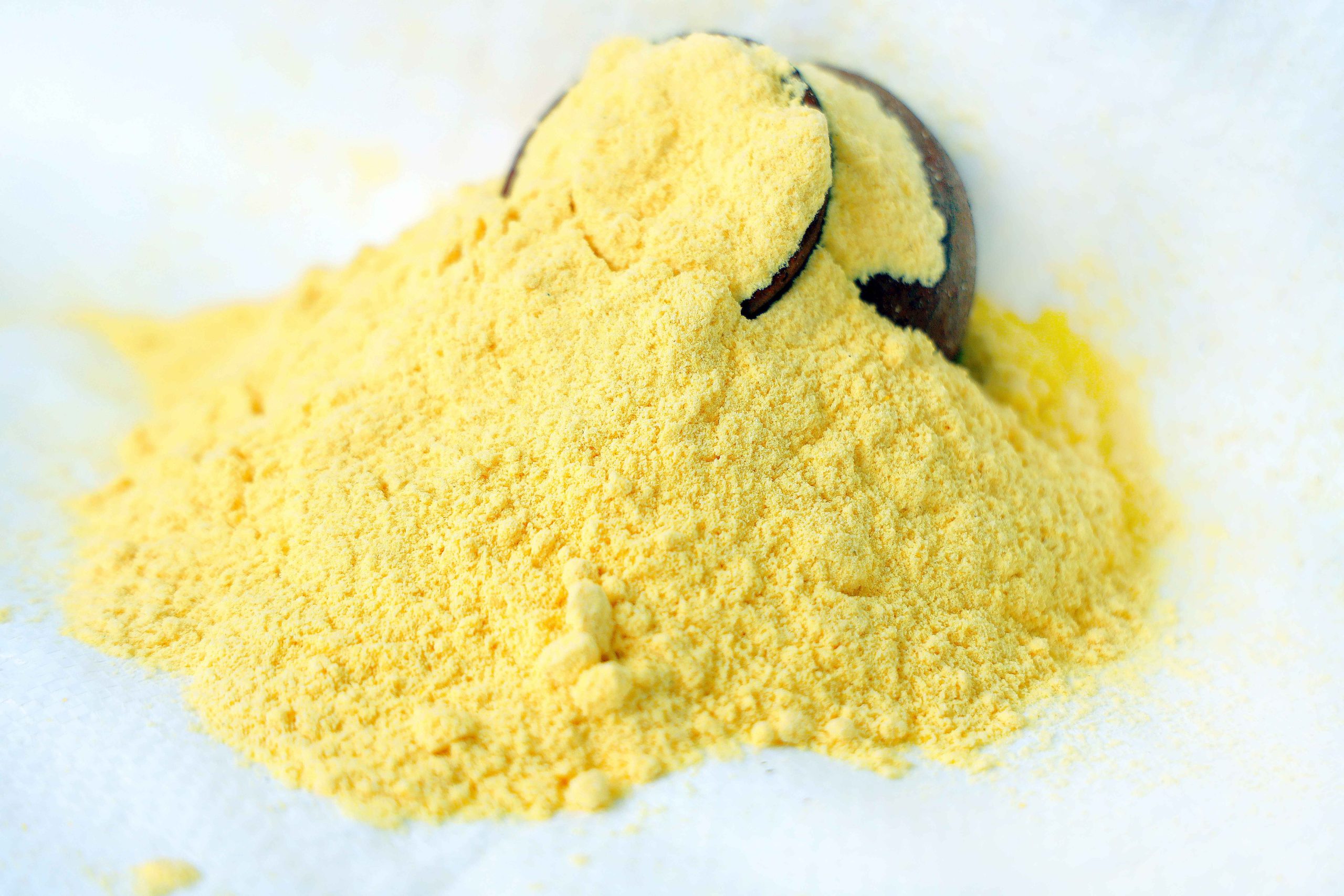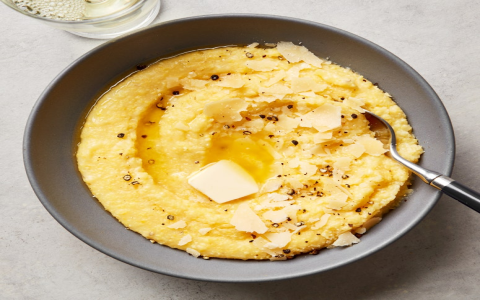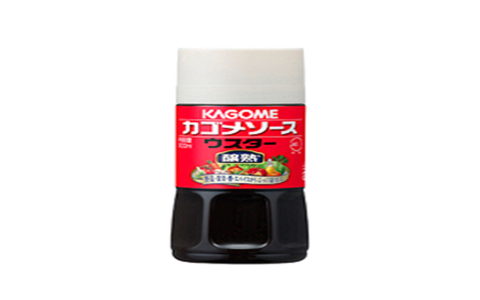Understanding Degerminated Cornmeal
When you stroll down the baking aisle, you might notice products labeled as "degerminated cornmeal". But what exactly does this term imply? Degerminated cornmeal is a key ingredient in many kitchens, not just for its culinary versatility but also for its unique processing technique. Cornmeal comes in various forms, but the term "degerminated" highlights a specific type with its health and culinary implications.
Degermination refers to the removal of the germ from the corn kernel before grinding it into meal. The germ is the reproductive section of the corn where you find oil-rich embryo. Here’s what this process entails and why it’s significant:

The Process of Degermination
The traditional way of processing corn involves grinding the whole kernel to produce cornmeal. However, degermination first involves scooping out or mechanically removing this germ. This step is followed by the milling, which results in a finer, less oily product:
-
Initial Sorting: Corn kernels are first cleaned to remove any unwanted materials like dust or debris.
-
Degermination: The kernels are then conditioned to remove the germ, either through moisture treatment or by physical separation techniques like density or size.
-
Milling: The remaining endosperm is ground into meal or flour, depending on the desired texture.
Why Degermination?
Degerminated cornmeal has several advantages:
- Shelf Life: By removing the oil-rich germ, the meal has a longer shelf life because there’s less potential for rancidity.
- Texture: The meal turns out finer and smoother, which is ideal for baking.
- Storage: It can be stored under normal conditions without refrigeration thanks to its lower fat content.
However, this process isn’t without its trade-offs:
- Nutritive Loss: The removal of the germ means a reduction in key nutrients like Vitamin E, healthy oils, and proteins found in the germ.
Uses in Cooking
Degerminated cornmeal is popular for:
- Baking: Its finer texture makes it perfect for cornbread, muffins, and other baked goods where a smooth consistency is desirable.
- Bread: Known for its ability to yield a finer crumb, it’s often used in recipes for a lighter loaf.
- Coatings: Its smooth texture facilitates adhesion in breading for fried foods, creating a crisp outer layer.
While it’s less nutritious due to the removal of the germ, it’s still rich in carbohydrates and provides a good source of energy.

Health Considerations
It’s worth considering the nutritional differences when choosing between degerminated and whole grain cornmeal:
-
Nutrients: Whole grain cornmeal contains all parts of the kernel and therefore retains more of the natural nutrients, fiber, and oils. Degerminated cornmeal, on the other hand, loses these elements, focusing instead on longer shelf stability and fine texture.
-
Dieting: For those looking to reduce their intake of high-fat or high-calorie foods, degerminated cornmeal might seem appealing. Yet, for a balanced diet, incorporating whole grain cornmeal for its fiber content is advisable.
When selecting cornmeal for your culinary or dietary needs, understanding degermination is essential. Cornmeal, especially degerminated, provides versatility in texture and storage but at the cost of some nutrition. By being aware of how your food is processed, you can make choices that align with your health goals and culinary preferences. Whether for baking, breading, or other kitchen creations, degerminated cornmeal remains a staple in many homes, prized for its unique properties and long shelf life.



